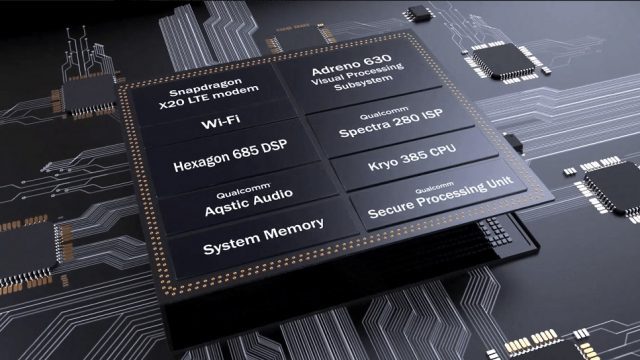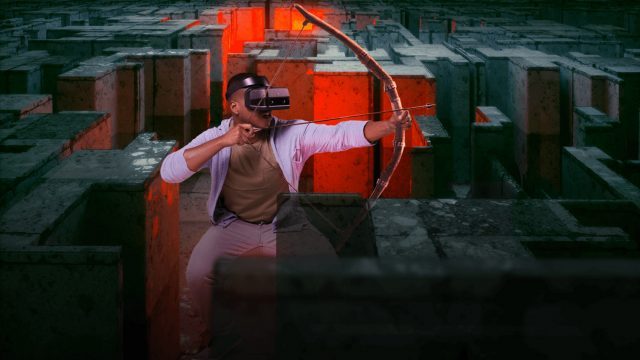Qualcomm today revealed a new ‘VRDK’ standalone reference headset based on their Snapdragon 845 chip. The reference design—which serves as a blueprint for Qualcomm customers who may want to build their own VR headsets based on the design—boasts an impressive set of specifications.
Qualcomm’s prior 835 VDRK is the seed from which most of today’s major standalone VR headsets were born, including the Vive Focus, Mirage Solo, and Pico Neo. The new 845 VRDK, which at its core is based on Qualcomm’s Snapdragon 845 chip, is likely to spawn a future batch of standalone VR headsets with improved performance and capabilities.

Companies building headsets based on the 845 VRDK may make changes to the reference design before creating their own product, but the VDRK essentially represents the best of what Qualcomm can offer to those companies, and their latest headset is quite impressive on paper.
In addition to a claimed 30% increase in graphics performance & power efficiency, and twice as much display throughput compared to the 835 VDRK, the new 845 VRDK offers eye-tracking and Qualcomm’s own ‘Adreno Foveation’ solution, which renders in high resolution at the center of your vision where you can see in high detail, while reducing the detail outside of that region, thus dedicating more of the headset’s rendering resources to where they’re most needed.
Eye-tracking and foveated rendering solutions within the VR landscape have been in the works for several years, but it’s proved a challenging nut to crack. Though promising progress has been made, so far we haven’t seen any consumer-available VR headsets with inbuilt eye-tracking. We’ll be interested to see if Qualcomm has managed to pull it off.
Beyond eye-tracking and performance & power improvements, Qualcomm claims the 845 VRDK is capable of pushing some impressive resolutions, up to 2,000 × 2,000 pixels per eye, at, According to Android Authority, 120Hz. That’s the rendering potential, though it isn’t clear exactly what resolution of display (or displays) are present in the 845 VDRK; we’ve reached out to Qualcomm for confirmation.
The current top-of-the-line displays used in consumer VR headsets, like Samsung’s Odyssey, top out at 1,600 × 1,440 per eye, so it isn’t clear if an appropriate 2,000 × 2,000 display yet exists to take advantage of that horsepower, but presumably the 845 VDRK is ready and waiting (and in the meantime, hopefully using any GPU overhead for supersampling).

Like previous versions of the VDRK, the new model uses a pair of on-board cameras for inside-out positional tracking, meaning you don’t need external sensors for the headset to be able to track your movement through space. New for the 845 though appears to be the addition of SLAM—Simultaneous Location And Mapping—which Qualcomm says “maps and detects obstacles in the user’s physical [world],” and allows for “integration real-world objects into the virtual world.”
Expect to see new standalone VR headsets announced later this year which are based on the 845 VRDK.







